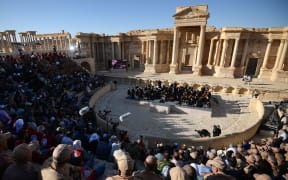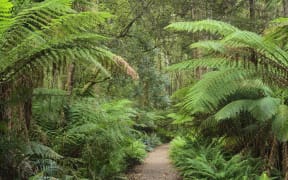A wetland in southeast Iraq, thought by some to be the biblical Garden of Eden and almost completely drained during Saddam Hussein's rule, has become a UNESCO World Heritage Site.
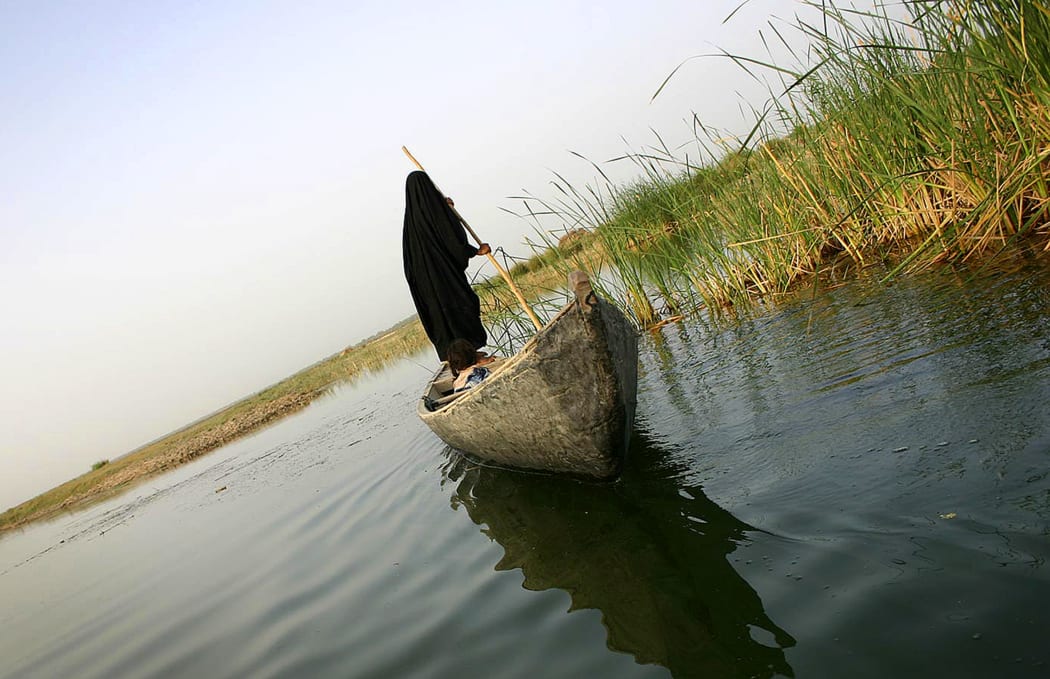
A veiled Iraqi woman rides in a boat as she goes out fishing early morning in marshland near Karbala, 110km south of Baghdad, in 2006. Photo: AFP
The Ahwar, which includes the archaeological sites of Uruk, Ur and Tell Eridu as well as the marshlands themselves, is among 21 sites added to the agency's world heritage list over the weekend.
Fed by the Tigris and Euphrates rivers, the marshlands of Mesopotamia are spawning grounds for Gulf fisheries and home to bird species such as the sacred ibis.
They also provide a resting spot for thousands of wildfowl migrating between Siberia and Africa.
Saddam Hussein, who accused the region's Marsh Arab inhabitants of treachery during the 1980-1988 war with Iran, dammed and drained the marshes in the 1990s to flush out rebels hiding in the reeds.
After his overthrow by the US-led invasion in 2003, locals wrecked many of the dams to let water rush back in, and foreign environmental agencies helped breathe life back into the marshes.
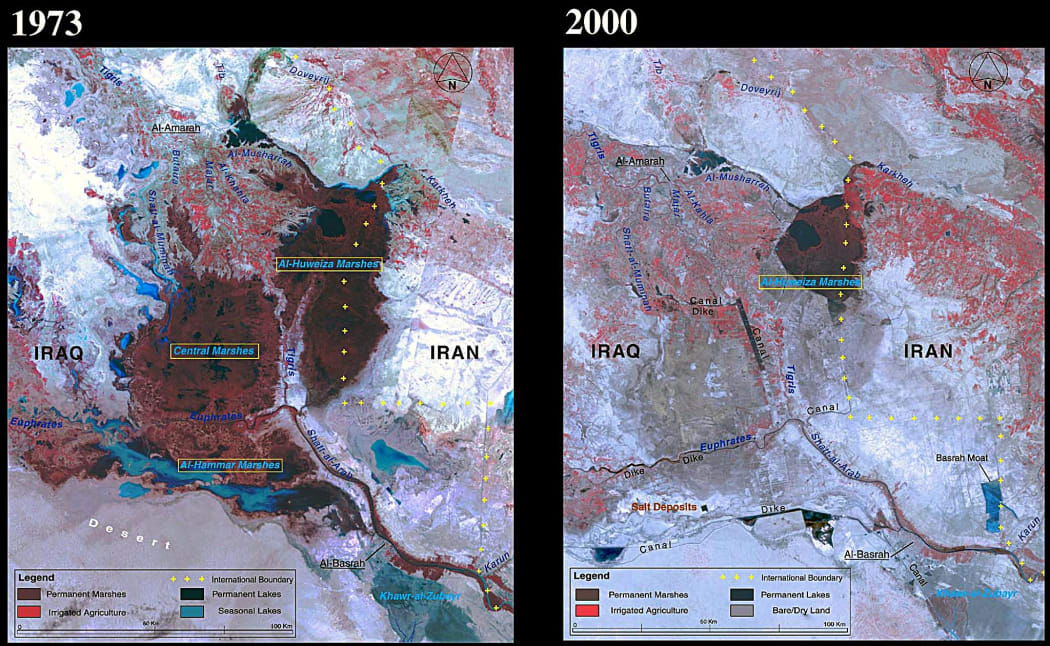
According to the UN, these NASA images show a 90 percent decline in the marshlands between 1973 and 2000 due to damming and drainage. Photo: AFP / NASA
The marshes, which covered 9000 sq km in the 1970s, had shrunk to just 760 sq km by 2002 before regaining some 40 percent of the original area by 2005.
Iraq has said it aims to recover a total of 6000 sq km.
Vast, remote and bordering Iran, the marshes have been used in recent years for drugs and arms smuggling, receiving stolen goods and keeping hostages for ransom.
The Marsh Arabs have lived in the wetlands for millennia, but are on the fringes of Iraqi society.
A study put their population at 400,000 in the 1950s but several hundred thousand fled Saddam Hussein's repression or become economic migrants.
Estimates of the numbers returning vary wildly. Many Marsh Arabs are illiterate and have struggled to find work outside the marshes.
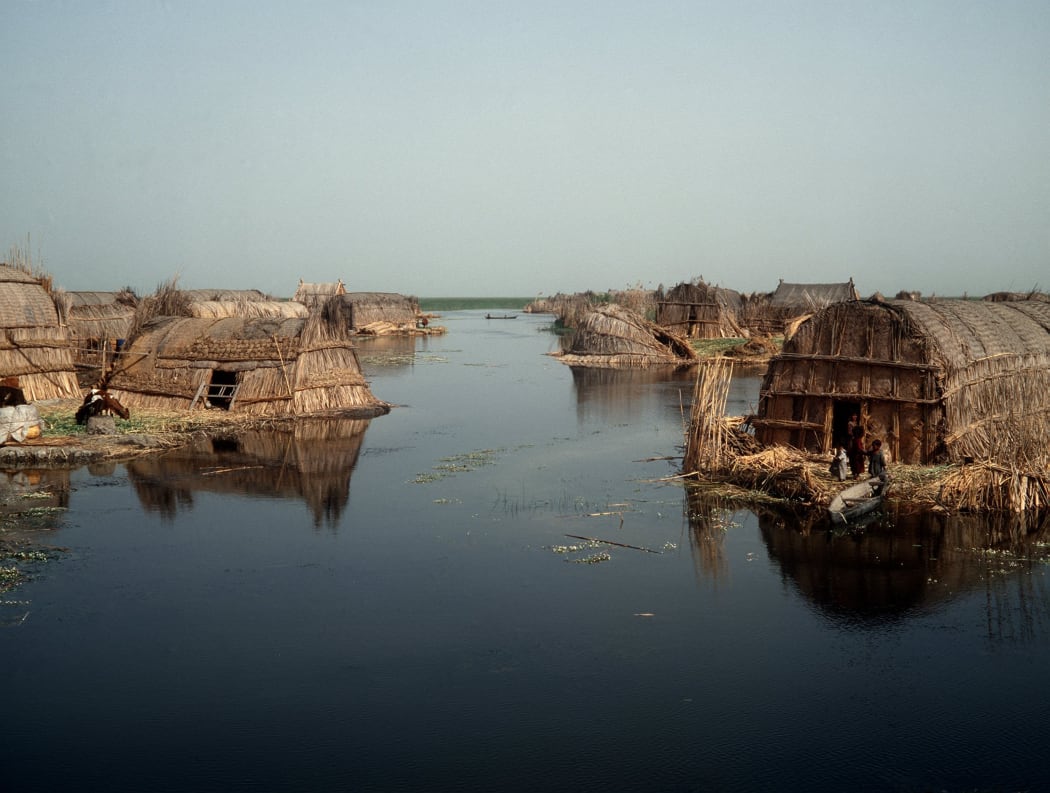
Huts made of reed on small isles in the marshy land between the Euphrates and Tigris. Photo: DPA / AFP
Prime Minister Haider al-Abadi praised UNESCO's decision, which he said "coincides with the consecutive military victories in the war against" Islamic State.
Other new sites added to the world heritage list include:
All 21 new sites added to the list, which now covers 1052 sites in 165 countries, can be viewed here.
- Reuters / RNZ

